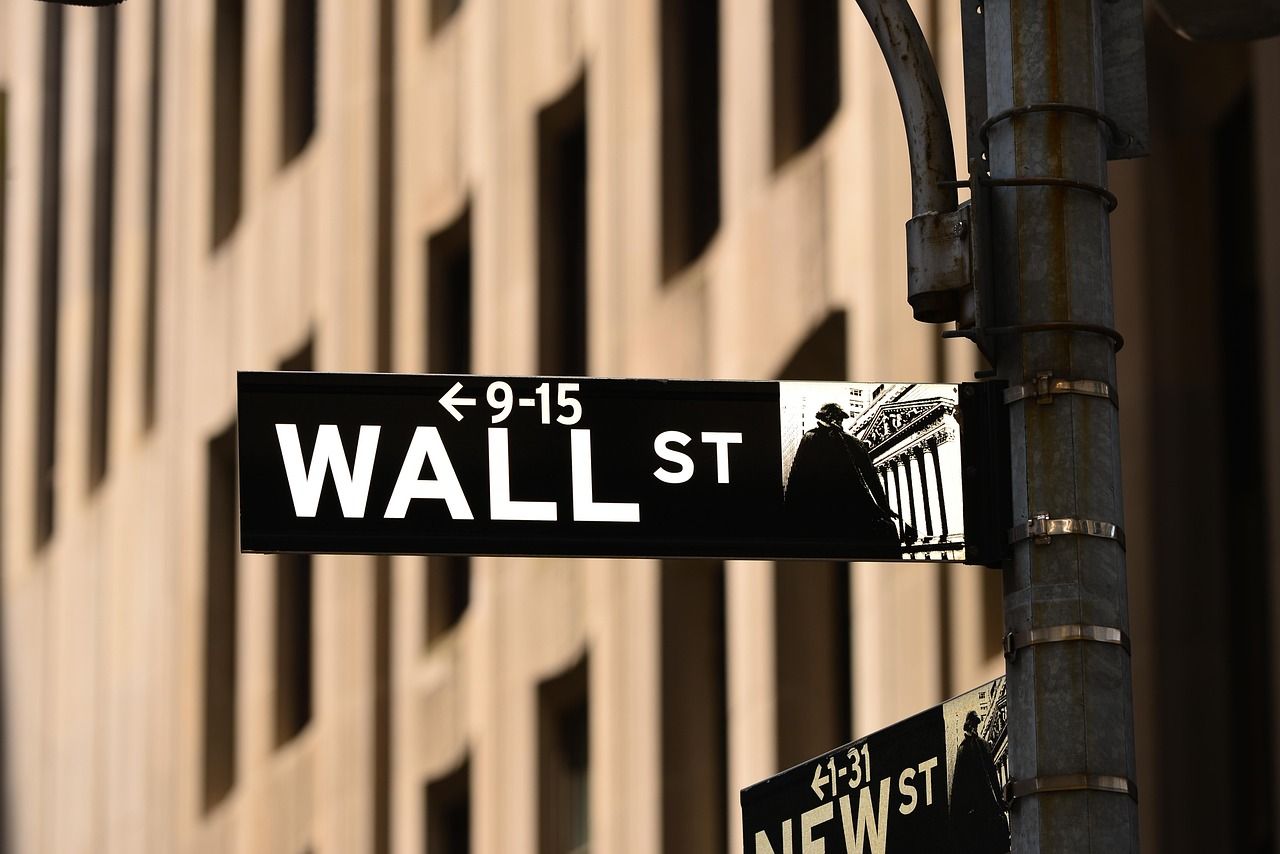For months, investors had anticipated a surge in initial public offerings, driven by optimism over President Trump’s new administration.
Corporate America and Wall Street expected a pro-business, deregulated environment that would spark a wave of deal-making and public listings.
Markets soared in anticipation of companies capitalizing on favorable conditions.
Yet, reality has been far more turbulent. A series of tariff announcements, rapid regulatory shifts, and worsening inflation have rattled investor sentiment, according to a report by The New York Times.
Last month, the emergence of the Chinese artificial intelligence app DeepSeek triggered a major sell-off in US technology stocks, further complicating IPO prospects.
“The calendar just went from fully booked to being wide open in a span of like three weeks,” said Phil Haslett, a founder of EquityZen, a site that helps private companies and their employees sell their stock.
Turo and Cerebras pull back as market volatility persists
One of the most notable IPO withdrawals came from Turo, a San Francisco-based car rental start-up that had been planning to go public since 2021.
Market volatility in early 2022 forced the company to delay its listing, and last week, Turo scrapped its IPO plans entirely.
“Now is not the right time,” Turo CEO Andre Haddad said in a statement, underscoring growing concerns about the market’s ability to support new public companies.
Cerebras, an AI chipmaker that filed its investment prospectus last fall, also postponed its plans, reflecting broader uncertainty in the tech sector.
Despite a 14% increase in IPO proceeds compared to the same period last year, large-scale public listings remain scarce.
“We do need to allow a little more time to see where the administration starts to land on some of these key topics that are driving some of the uncertainty,” said Rachel Gerring, the IPO leader for Americas at EY.
“IPO planning is still very much occurring.”
Private markets offer an alternative to public listings
With public markets unstable, many high-profile private companies are opting to raise capital without going public.
Klarna, a lending start-up, and eToro, an investment and trading platform, have filed confidentially for IPOs but have not moved forward with their plans.
Other major tech firms, including Stripe and Databricks, have chosen to remain private, securing large funding rounds instead.
Stripe, valued at $70 billion, raised billions last year through private investors, a move facilitated by Goldman Sachs.
Goldman Sachs CEO David Solomon pointed out that today’s start-ups can secure the capital they need without going public, a stark contrast to previous decades.
“That’s a company that never would have been a private company today, given their capital needs, but today you can,” Solomon said at a Cisco conference.
To further reduce the need for public listings, some firms have embraced tender offers—private share sales that allow employees and early investors to cash out without an IPO.
These transactions have become more popular, with Carta reporting a record $3.5 billion raised through tender offers in 2024, more than double the amount in 2023.
Databricks raised $10 billion in December, using some of the funds to help employees and early investors liquidate their holdings.
Similarly, Veeam secured $2 billion in late 2024, directing the funds to existing stakeholders rather than raising fresh capital from public markets.
Higher requirements for companies seeking IPOs
With volatility persisting, investment banks are setting higher requirements for companies looking to go public.
According to IPO advisers, firms must now generate at least $200 million in annual revenue to attract public investors.
If a company is smaller or unprofitable, it must demonstrate strong revenue growth to gain market confidence.
“The bar went up for the type of companies that can be public,” said Amy Butte, chief financial officer of Navan, a travel software start-up that withdrew its IPO plans in 2022.
SymphonyAI CEO Sanjay Dhawan noted that bankers advised his company to exceed $200 million to $300 million in revenue before considering an IPO.
SymphonyAI, which surpassed $400 million in revenue last year and turned a profit, is still holding off.
Dhawan also said his company had been waiting for policy clarity following the election before making IPO plans.
“Now everyone knows what the economic policies will look like,” he said. “Everyone is feeling a bit relieved to start planning.”
He downplayed concerns about the DeepSeek-triggered tech sell-off, calling it a “short-term reaction.”
Few companies cautiously prepare for IPOs
Despite the uncertainty, a handful of companies are still moving ahead with plans to go public.
Navan recently began meeting with investors in preparation for a potential listing in the second half of the year.
StubHub, the ticketing platform, also aims to list its shares in 2025.
However, early signs suggest the market remains skeptical of new IPOs.
SailPoint Technologies, a cybersecurity firm backed by private equity firm Thoma Bravo, went public last week, raising $1.38 billion at a valuation of $12 billion.
But its stock dropped 4% below its offering price of $23 per share on its first trading day.
For the public offering market to really get going, “it’s going to take a few brave companies to come out,” Haslett of EquityZen said.
The post How volatility from Trump’s tariff plans and regulatory shifts is clouding the IPO market appeared first on Invezz

